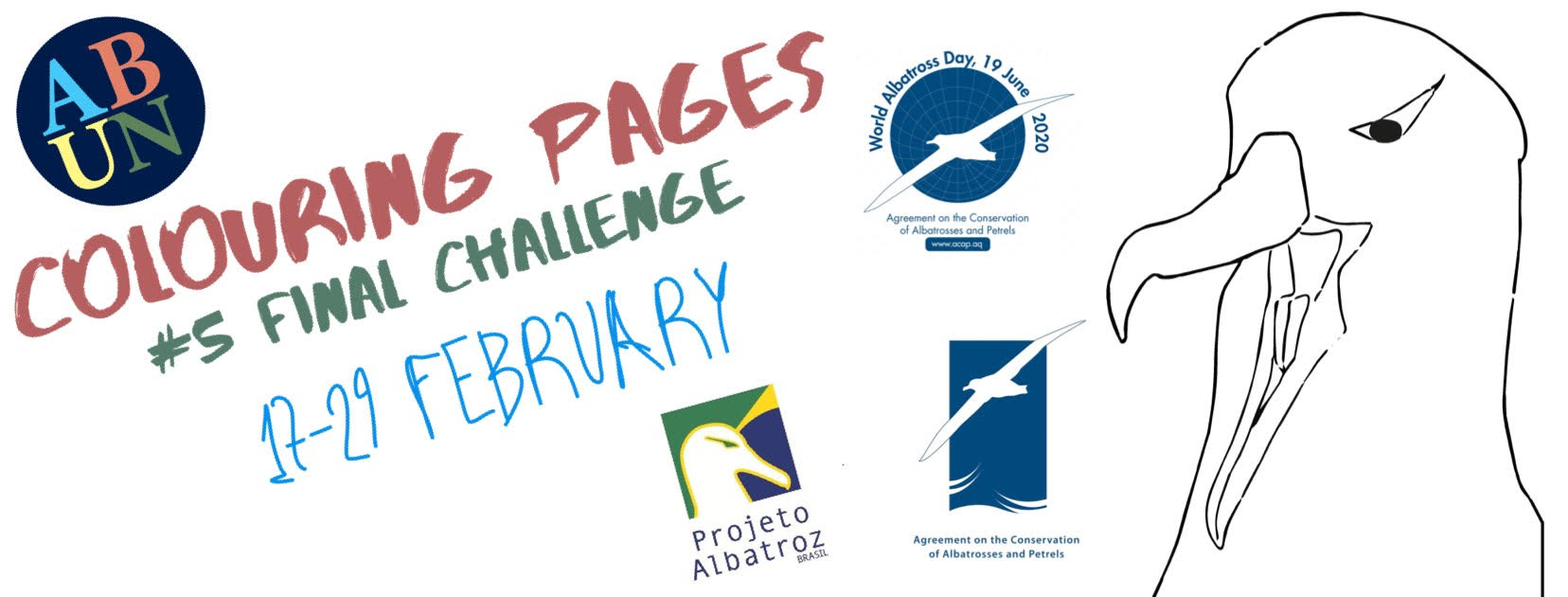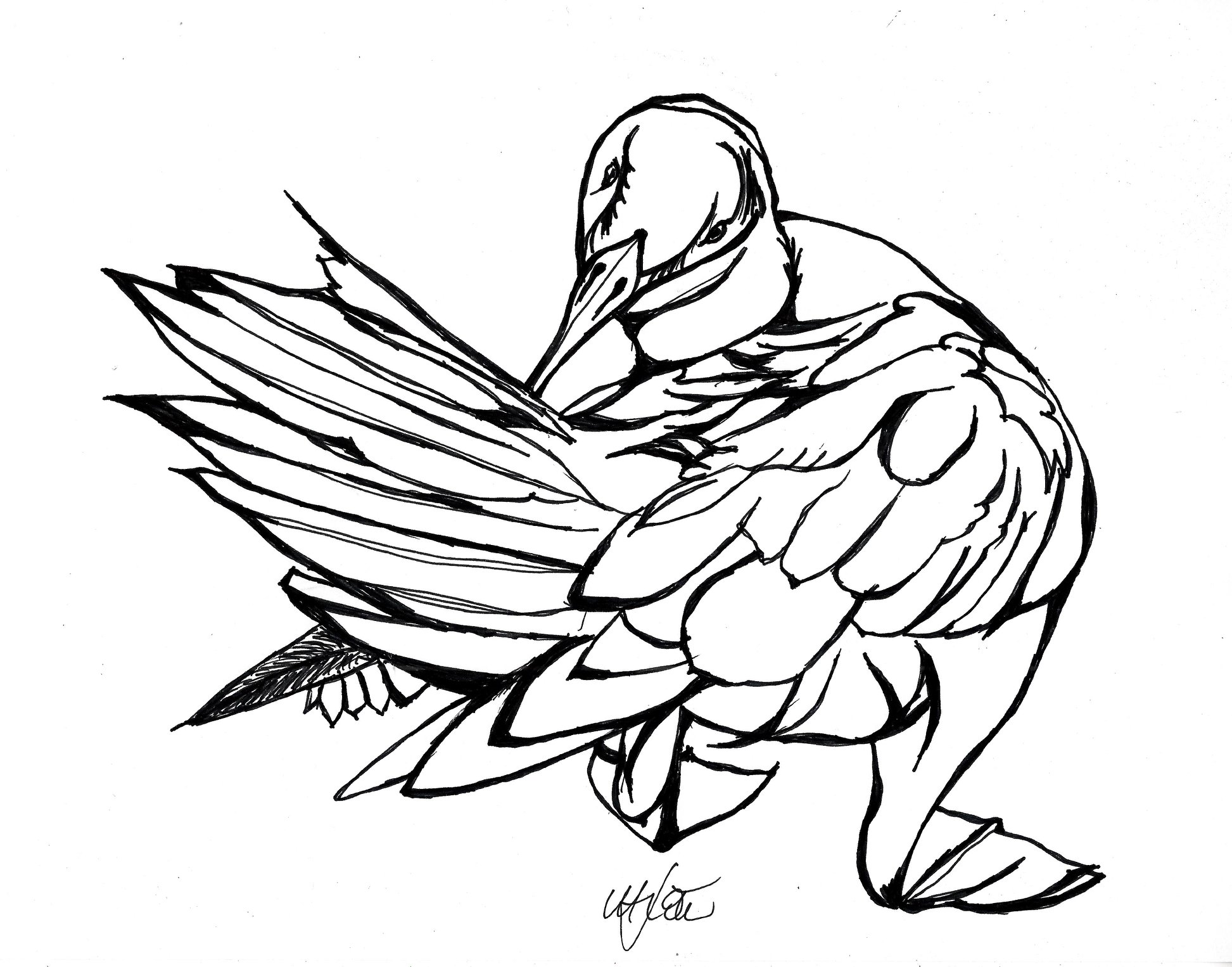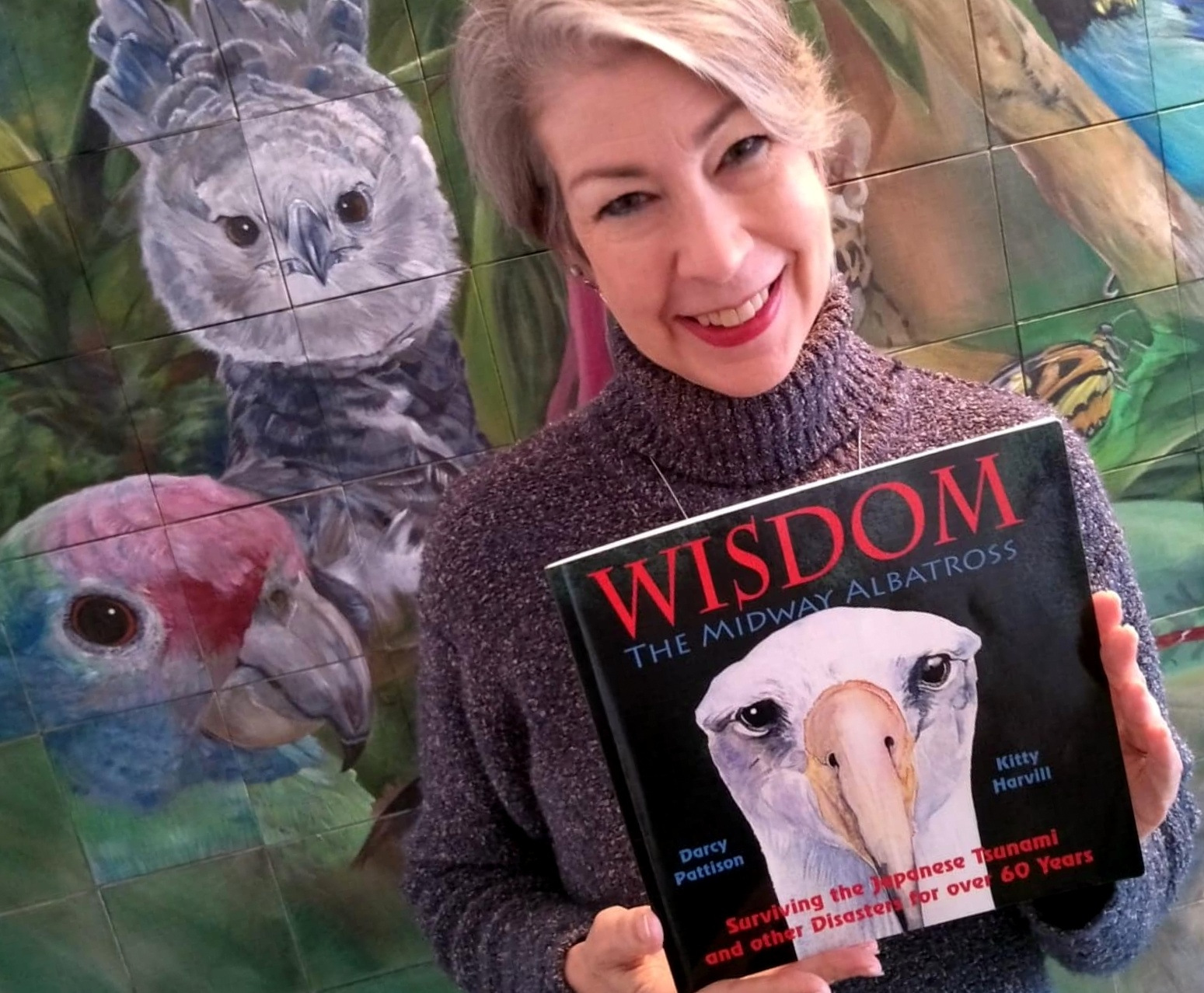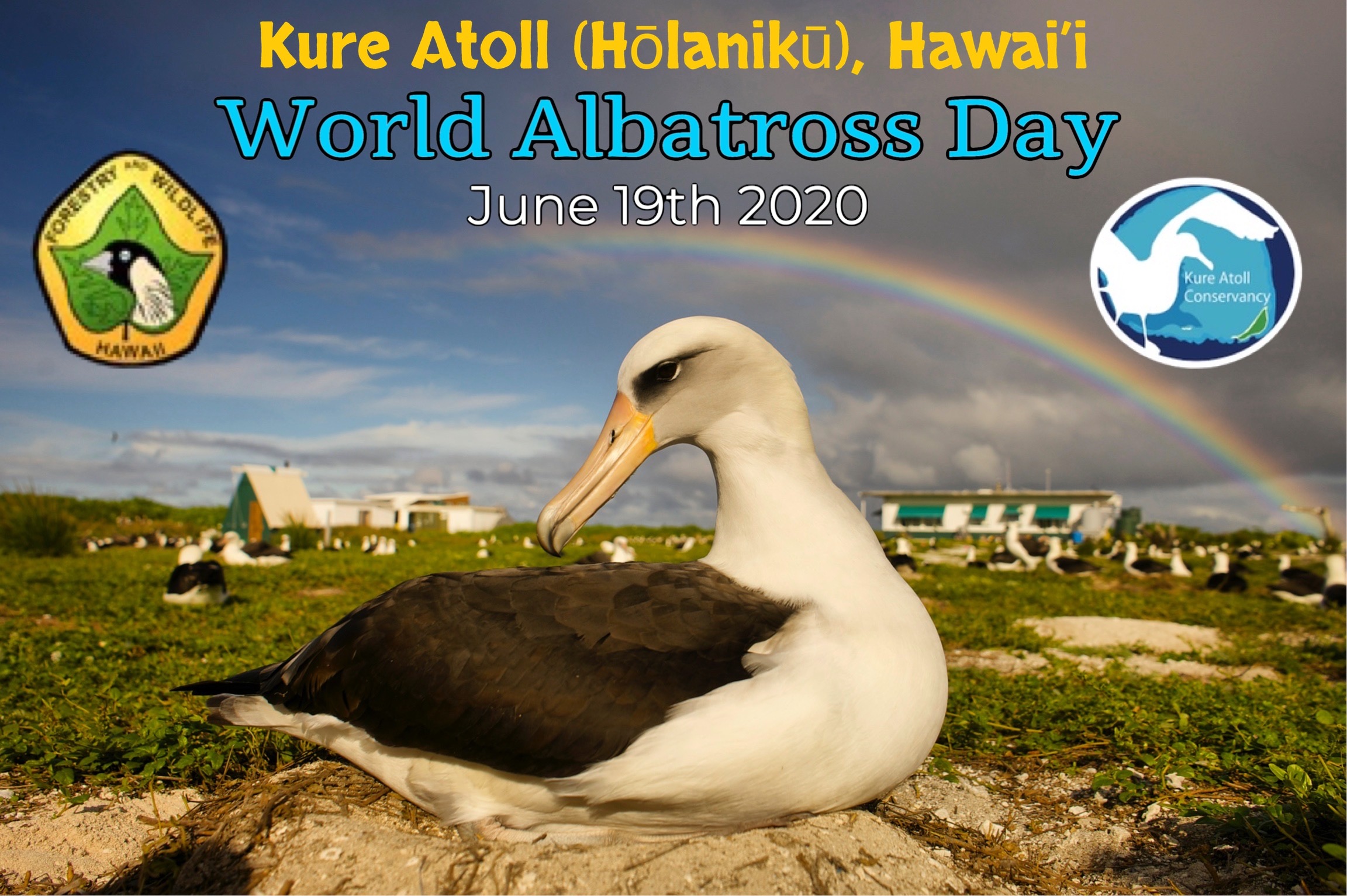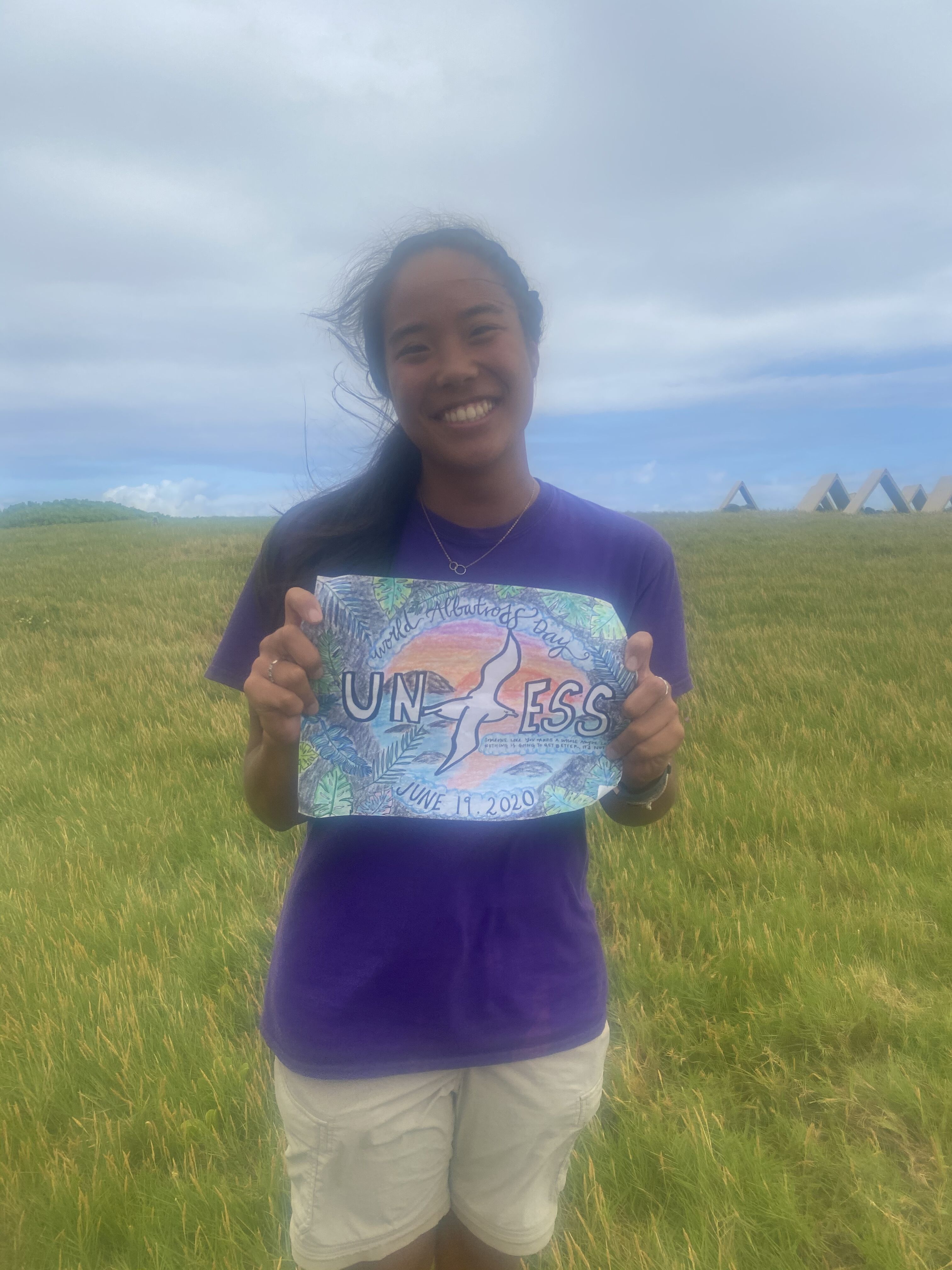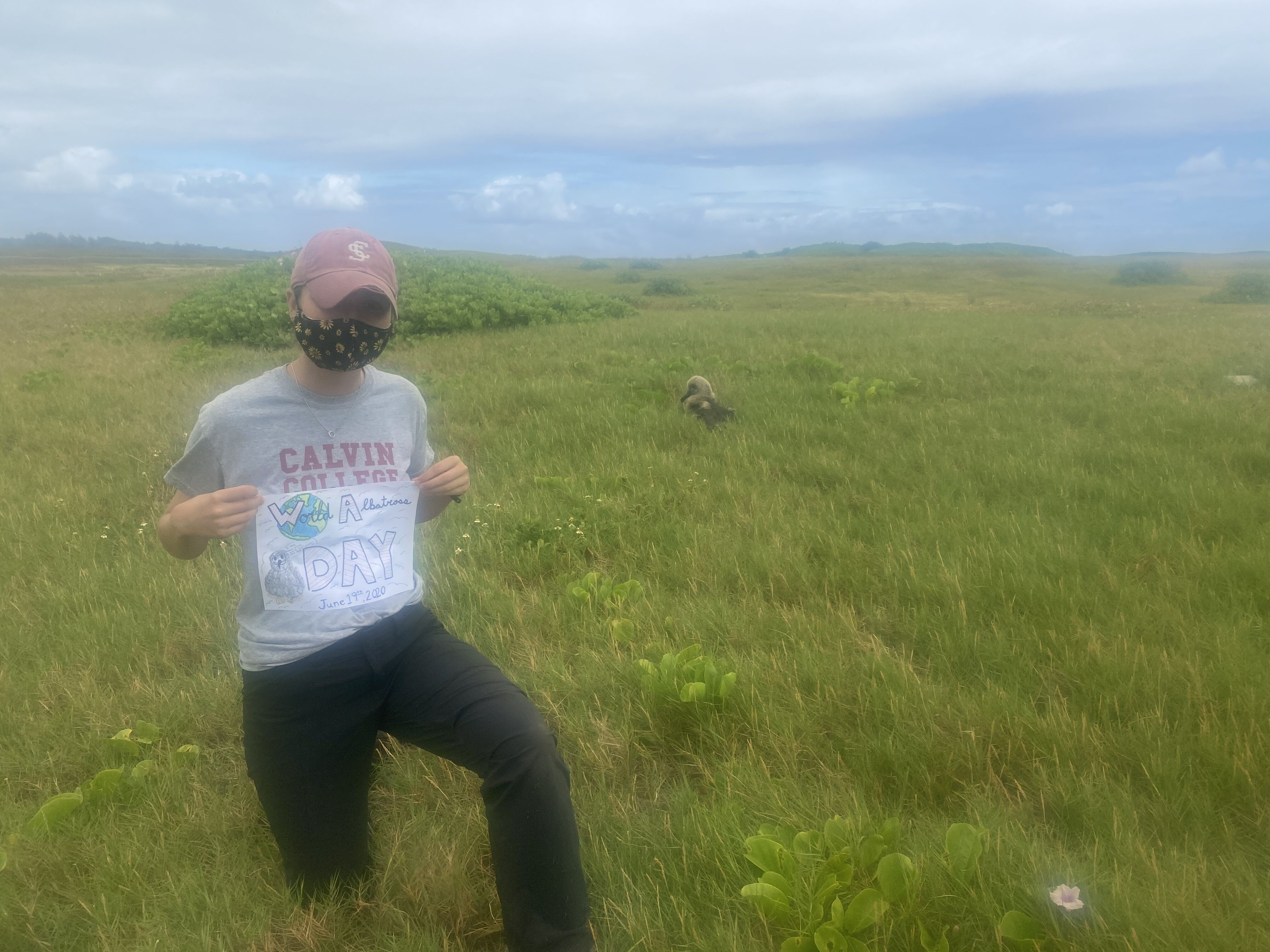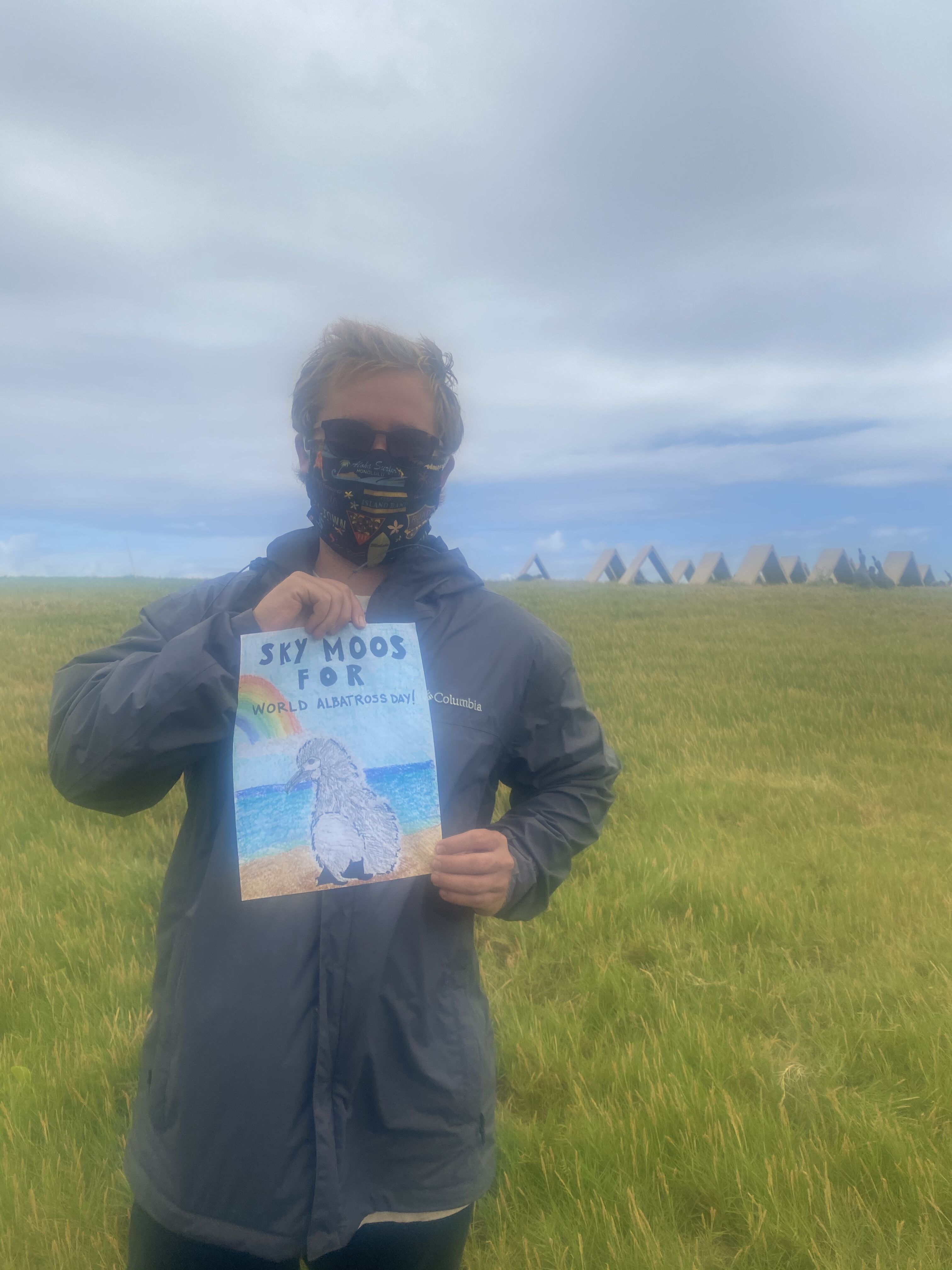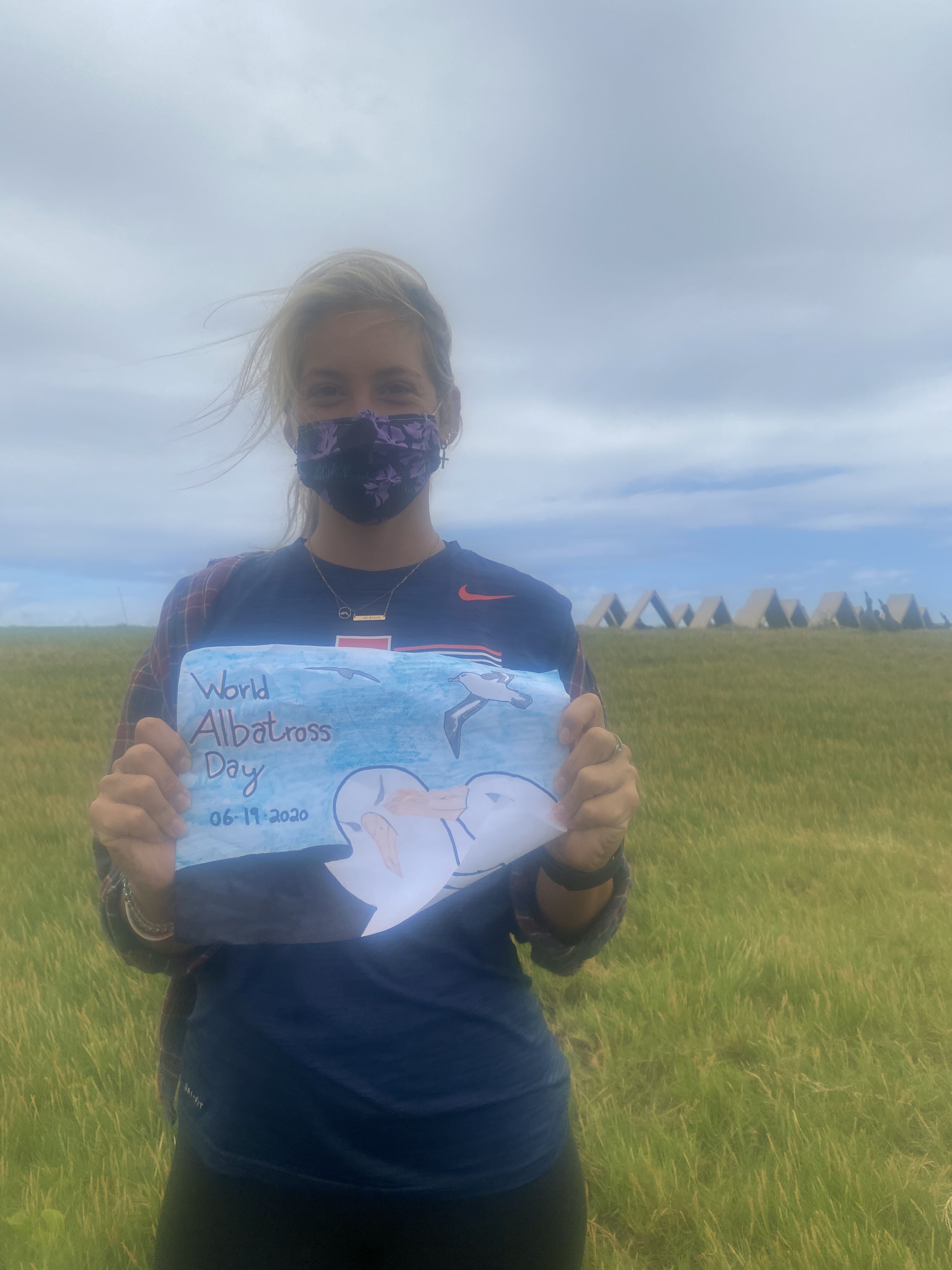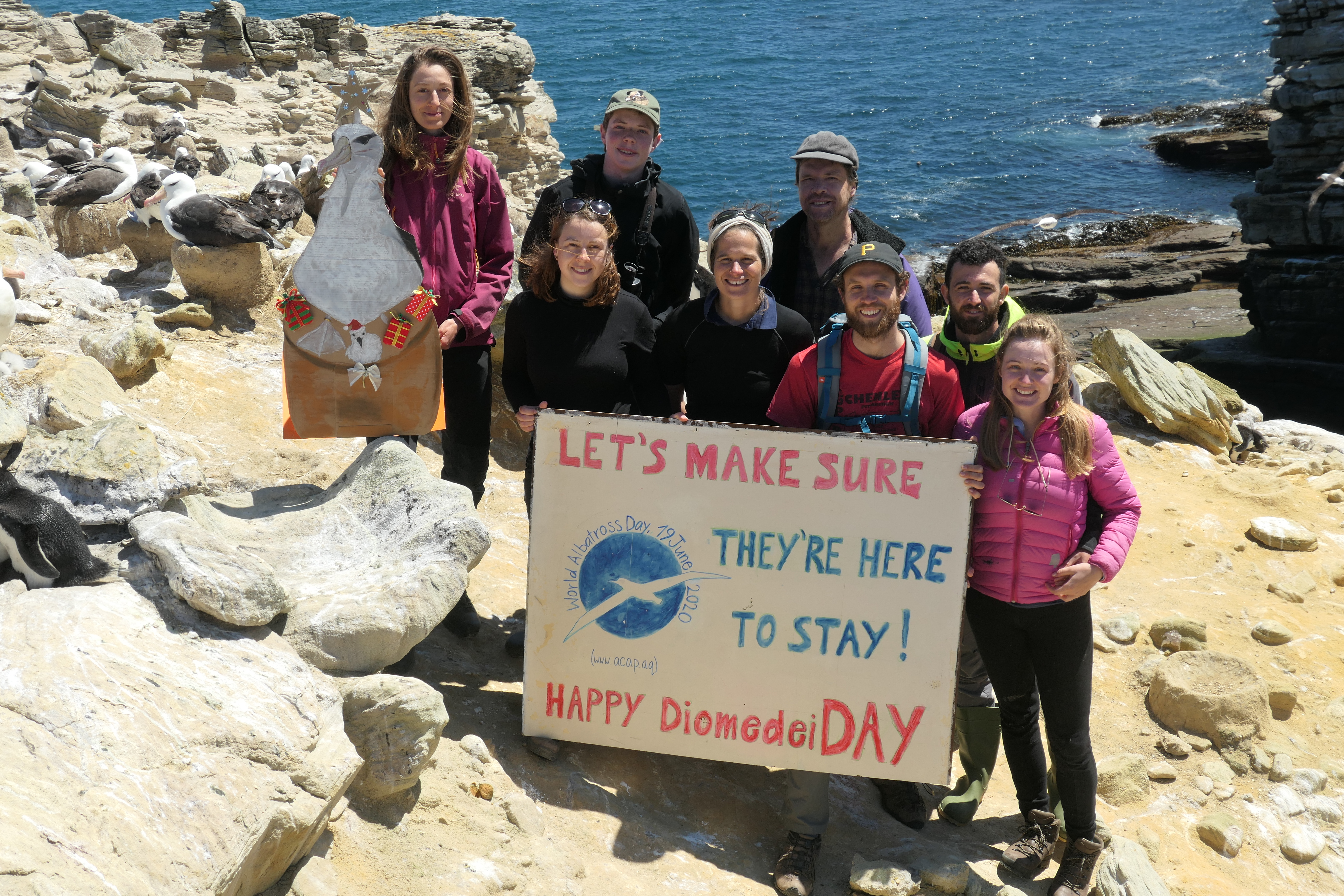Texto en español más abajo
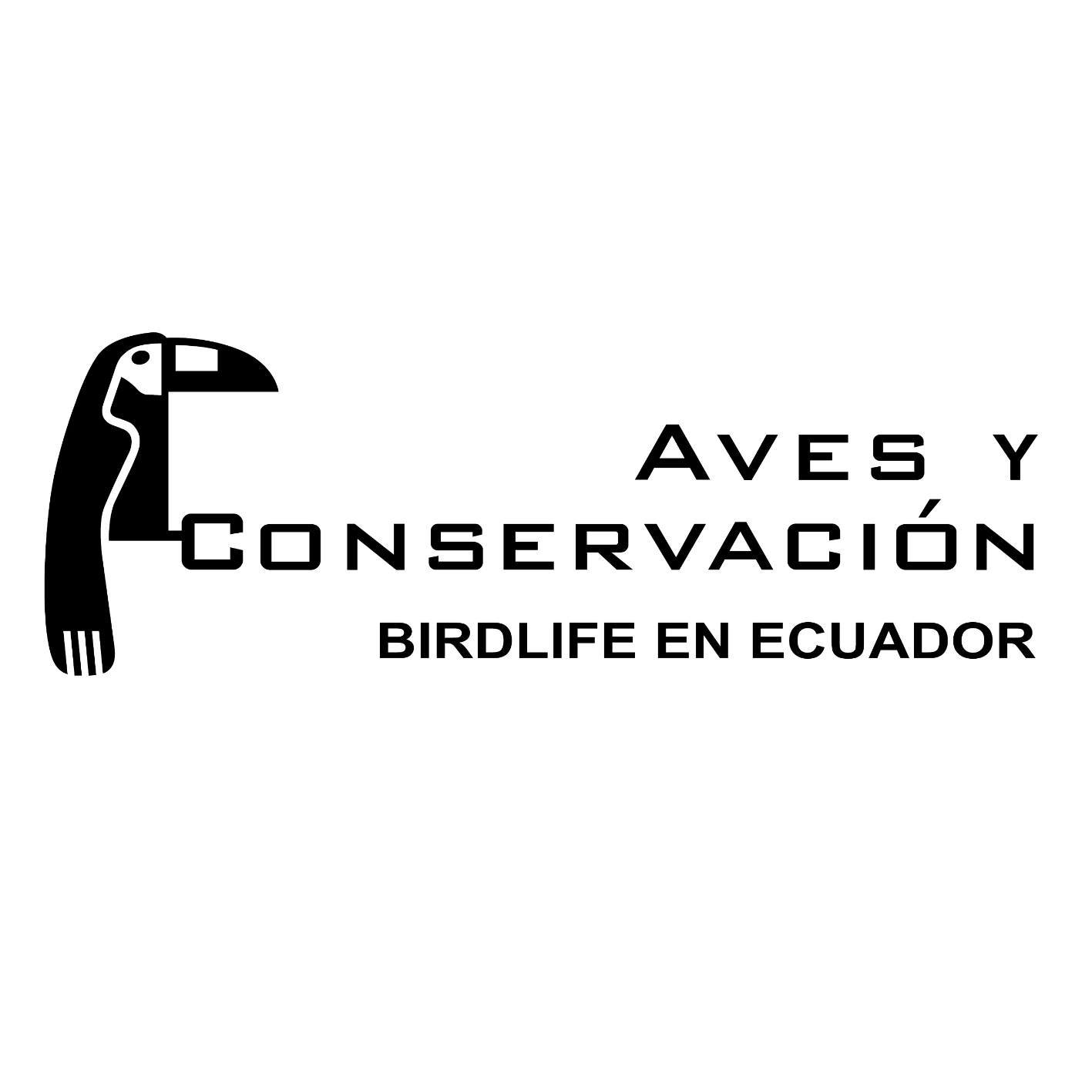
Aves y Conservación is the Ecuadorian Foundation for the Research and Conservation of Birds and their Habitats. Its Executive Director, Juan Carlos Valarezo, has written to ACAP Latest News in support of World Albatross Day as described here.
We are a non-profit, non-governmental organization created in 1986 by a group of ornithologists and bird enthusiasts. Aves y Conservación is the national partner of BirdLife International in Ecuador. We are part of the International Union for Conservation of Nature, the National Working Group for the Conservation of the Andean Condor, the Ecuadorian Coordinator of Organizations for the Defence of Nature and the Environment (CEDENMA) and the South American Initiative to Restore Andean Forests (ACCIÓN ANDINA).
Juan Carlos Valarezo, Executive Director, Aves y Conservación
Our mission is to contribute to the conservation of the birds, their habitats and the biodiversity of Ecuador for the benefit of its people and with their active participation.
For more than 10 years we have carried out a Shorebird Conservation Programme along the coast of Ecuador; coordinating research actions, environmental education and strengthening local capacities with communities, fishers and crab associations, universities and local governments. We are currently updating the Action Plan for the Conservation of Shorebirds of Ecuador, as a joint work with other conservation organizations, local actors and with the endorsement of the Ecuadorian Ministry of the Environment.
In 2018 we published, together with other Ecuadorian conservation organizations and independent researchers, the Red List for Birds of continental Ecuador and the Galapagos Islands; a management tool that had not been updated since its original publication in 2002.
In continental Ecuador we lead a study of the Critically Endangered Black-breasted Puffleg Eriocnemis nigrivestis, an endemic hummingbird threatened by deforestation and transformation of its habitat. From 2018 we have been working with women from rural communities in the propagation of more than 20 species of native plants that the species feeds on and in the enrichment of degraded habitats as part of our reforestation programme.
We have worked on the study and conservation of the endemic and Critically Endangered Galapagos Petrel Pterodroma phaeopygia, studying the distribution of its breeding sites outside the protected area in the highlands of Santa Cruz Island and exploring the highlands of Isabela Island in search of new breeding sites. Our investigations on Santa Cruz allowed for the protection of numerous breeding sites on private lands; as well as avoiding the construction of a wind farm which would have seriously affected the petrel’s flight routes.
We support the conservation of the Critically Endangered Waved Albatross Phoebastria irrorata, a seabird that breeds only in Ecuador. More than 99% of its population breeds on Española Island. These magnificent birds begin their reproductive stage at six to seven years of age and can live up to 40 years. During its reproductive stage, the Galapagos Albatross moves between Española Island and the coast of Ecuador and Peru in search of food for their young. During these long trips the Waved Albatross is fatally caught by fishing hooks. Birds are also intentionally caught for food and others die from ingesting plastic that they mistake for food.

The Critically Endangered Waved Albatross breeds only within Ecuador
In 2018, we participated in the update of the Waved Albatross Conservation Action Plan. As partners of BirdLife International, we work for the protection and conservation of threatened bird species and their habitats, including pelagic seabirds such as albatrosses and petrels. These majestic birds face threats that must be overcome through coordinated multi-sectoral work between States and grassroots organizations in the countries where these birds are distributed. Environmental education and awareness are key to mobilizing community action and providing support for the urgent conservation measures that these seabirds require.
In 2020 Aves y Conservación - BirdLife in Ecuador will join in the celebration of World Albatross Day as an opportunity to improve knowledge about this enigmatic group of birds in danger of disappearing and to strengthen and scale up efforts for their protection.
With thanks to Juan Carlos Valarezo, Executive Director, Aves y Conservación.
Verónica López, Chair, ACAP World Albatross Day Intersessional Group & John Cooper, ACAP Information Officer, 03 June 2020
`
Aves y Conservación - BirdLife en Ecuador apoya la celebración del Día Mundial del Albatros

Aves y Conservación es la Fundación Ecuatoriana para la Investigación y Conservación de las Aves y sus Hábitat. Somos una organización no gubernamental sin fines de lucro, creada en 1986 por un grupo de ornitólogos y aficionados a las aves. Somos el socio de BirdLife International en Ecuador. Formamos parte de la Unión Internacional para la Conservación de la Naturaleza (UICN), del Grupo Nacional de Trabajo para la Conservación del Cóndor Andino, de la Coordinadora Ecuatoriana de Organizaciones para la Defensa de la Naturaleza y el Medio Ambiente (CEDENMA); y de la iniciativa sudamericana de restauración de bosques andinos (ACCIÓN ANDINA).

Juan Carlos Valarezo, Director Ejecutivo, Aves y Conservación
Nuestra Misión es aportar a la conservación de las aves, sus hábitat y la biodiversidad del Ecuador, en beneficio de la gente y con su participación activa.
Por más de diez años llevamos a cabo un Programa de Conservación de Aves Playeras en la Costa de Ecuador; coordinando acciones de investigación, educación ambiental y fortalecimiento de capacidades locales con comunidades, asociaciones de pescadores y cangrejeros, universidades y gobiernos locales. Actualmente estamos actualizando el Plan de Acción para la Conservación de las Aves Playeras de Ecuador, a través de un trabajo conjunto con otras organizaciones de conservación, actores locales y el aval del Ministerio del Ambiente.
En 2018, publicamos junto con otras organizaciones de conservación e investigadores independientes ecuatorianos la Lista Roja de Aves del Ecuador Continental e Islas Galápagos; herramienta de gestión que no había sido actualizada desde su publicación original en el año 2002.
En Ecuador continental, lideramos el estudio del también Críticamente Amenazado Zamarrito Pechinegro Eriocnemis nigrivestis, uno de los colibríes endémicos de Ecuador más amenazados del mundo por causa de la deforestación y transformación de su hábitat. Desde 2018 trabajamos con mujeres de comunidades rurales en la propagación de más de veinte especies de plantas nativas de las que se alimenta y su uso para el enriquecimiento de hábitats degradados como parte de nuestro programa de reforestación.
Hemos trabajado en el estudio y conservación del Petrel de Galápagos Pterodroma phaeopygia, estudiando la distribución de sus zonas de anidación fuera del área protegida en las tierras altas de la Isla Santa Cruz y explorando las tierras altas de la isla Isabela en busca de nuevas zonas de reproducción. Nuestras investigaciones en Santa Cruz permitieron proteger numerosas zonas de anidación en tierras privadas y evitar la construcción de un parque eólico; el cual afectaría gravemente las rutas de vuelo de esta ave marina endémica de Galápagos.
Apoyamos la conservación del Albatros de Galápagos Phoebastria irrorata; ave marina que únicamente se reproduce en las Islas Galápagos (Ecuador) y se encuentra en Peligro Crítrico. Más del 99% de su población anida exclusivamente en la isla Española, muy cerca a la línea ecuatorial. Estas magníficas aves inician su etapa reproductiva a los 6-7 años de edad y pueden vivir hasta los 40 años. Durante su etapa reproductiva, el Albatros de Galápagos se moviliza entre la isla Española y las costa de Ecuador y Perú en busca de alimento para sus crías. Durante estos largos viajes, el Albatros de Galápagos es capturado mortalmente por los anzuelos utilizados en las labores de pesca. Otras aves son capturadas intencionalmente para alimentación y muchas otras mueren debido a la ingestión de plástico que confunden con alimento.
En 2018 participamos en la actualización del Plan de Acción para la Conservación del Albatros de Galápagos. Como socios de BirdLife International, trabajamos por la protección y conservación de las especies de aves amenazadas y sus hábitat; entre las que se incluyen aves marinas pelágicas como los Albatros. Estas majestuosas aves enfrentan amenazas que deben ser superadas a través de un trabajo multisectorial coordinado entre los Estados y las organizaciones de base en los países donde estas aves se distribuyen. La educación y sensibilización ambiental es clave para movilizar la acción comunitaria y brindar el soporte a las urgentes medidas de conservación que estas aves marinas requieren.
En 2020, Aves y Conservación - BirdLife en Ecuador se une a la celebración del Día Mundial del Albatros, como una oportunidad para mejorar el conocimiento sobre este enigmático grupo de aves en peligro de desaparecer y la necesidad de fortalecer y escalar los esfuerzos para su protección.
Verónica López, Presidenta, Grupo Intersesional del Día Mundial del Albatros de ACAP y John Cooper, Oficial de Información de ACAP, 03 June 2020

 English
English  Français
Français  Español
Español 